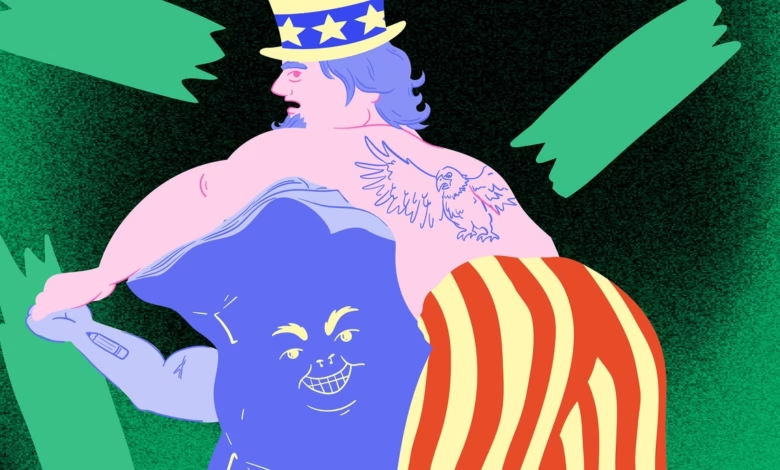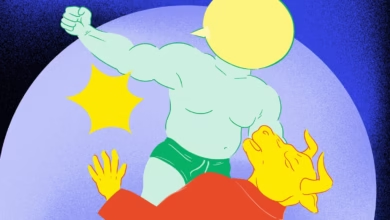Zines Are Making a Comeback Against Social Media

▼ Summary
– The Black Zine Fair in Brooklyn showcased a vibrant DIY zine culture, featuring handmade booklets on diverse topics like activism and queer identity, blending analog and digital exchanges.
– Social media platforms, once central to cultural discourse, are increasingly seen as unsafe or ineffective due to issues like hate speech, surveillance, and corporate control.
– Zines are gaining renewed relevance as a tool for marginalized groups to share ideas, evade censorship, and connect offline amid digital platform limitations.
– Organizer Mariame Kaba highlights zines as crucial for disseminating sensitive information, like DIY healthcare or abortion access, especially under restrictive policies.
– Zines have a long history of political impact, from abolitionist pamphlets to AIDS crisis materials, offering a grassroots alternative to mainstream media.
In an era dominated by digital platforms, zines are experiencing a surprising resurgence as creatives seek authentic, unfiltered ways to connect. The Black Zine Fair in Brooklyn recently showcased this revival, transforming a historic power plant into a vibrant hub of handmade booklets covering everything from skate culture to queer identity. Attendees exchanged not just paper creations but also online handles, blending analog traditions with modern networking.
Social media’s decline as a safe space has fueled renewed interest in zines. Platforms once celebrated for free expression now grapple with hate speech, censorship, and corporate exploitation. Meta permits anti-LGBTQ+ rhetoric, while TikTok faces potential bans. Even visa applicants aren’t spared, the Department of Homeland Security now screens social media activity. For marginalized communities, these digital landscapes feel increasingly hostile, pushing many toward more tangible, decentralized forms of communication.
Organizers like Mariame Kaba, cofounder of the Black Zine Fair, note a surge in Gen Z participation. Over 1,200 attendees gathered this year, drawn to zines as tools for activism and resistance. “People want to discuss abortion rights or Gaza without algorithms silencing them,” Kaba explains. Zines bypass digital surveillance, offering a way to share sensitive information, like DIY healthcare guides for trans individuals, without fear of deletion or backlash.
The history of zines is deeply tied to grassroots movements. Abolitionists used pamphlets in the 18th century; LGBTQ+ communities distributed them during the AIDS crisis. The 1990s riot grrrl movement relied on zines to amplify feminist voices. James Spooner, a graphic novelist, recalls how a 1993 anarcha-feminist zine inspired his teenage self: “It proved my voice mattered beyond the classroom.”
As political climates grow restrictive, zines reemerge as vital conduits for dissent. “If information becomes criminalized, how else will it spread?” Kaba asks. In a world where social media feels increasingly compromised, these handmade creations remind us that resistance can still thrive, one page at a time.
(Source: Wired)
